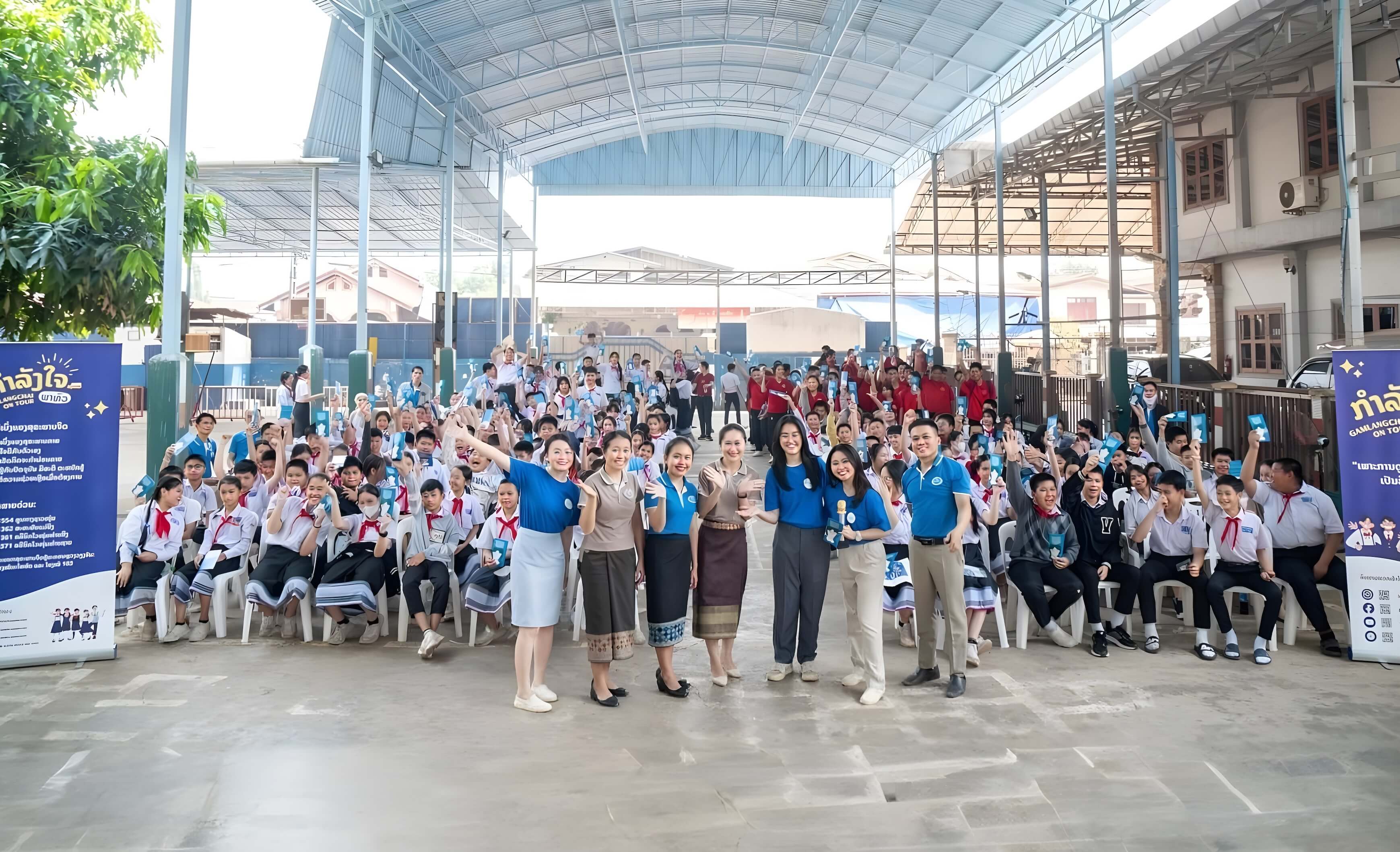




After experiencing the ravages of a global pandemic, ASEAN Member States are now sharing knowledge to mitigate similar catastrophic events in the future. They are also realising that everyone needs to be protected and as such, are now embracing universal health care as a shared key capability consistent with the Sustainable Development Goals of 2030. We propose a simple and easy to remember strategy to build digital health capability within and between countries in the ASEAN. Gleaned from over ten years of learning as peers at the Asia eHealth Information Network (AeHIN), the Mind the GAPS, Fill the GAPS framework aims to bring stakeholders inside and outside of the health sector to work together in building their digital health capabilities towards the vision of health for all.
The health sector is very complex
In most countries, health systems are very complex because of the many stakeholders involved and the numerous transactions between them. The individual peculiarities of the contractual arrangements between stakeholders just adds to the muddle. Often, rules vary even with similar partners, such as contracts of a hospital with different health maintenance organisations. This variability of rules and arrangements makes the health system very hard to navigate.
And this complexity exists beyond the clinical aspects of health. A complicated health system impacts the financial, economic, and even innovation capabilities of the stakeholders. This results in an environment that lacks trusted standards, hence impeding the ability of stakeholders to collaborate with each other with confidence and with consistency. If the ultimate goal is universal health coverage, these stakeholders must work together and coordinate for the benefit of their patients. But as long as health information systems are fragmented, patients will be unable to reap the benefits of data portability as they traverse the complex landscape of healthcare.
Fortunately, information and communications technology (ICT) has emerged as an accepted means of communication. Electronic mail, instant messaging, and the internet have become reliable modes of communication between providers and their patients during the height of the lockdowns. If used properly, this electronic form of communication can provide tremendous value to patients and the health systems that they rely on.
Mind the GAPS, fill the GAPS
To use ICT within this complex health system, AeHIN recommends the Mind the GAPS, Fill the GAPS framework. GAPS is an acronym for Governance, Architecture, People and Program Management, and Standards and Interoperability. It is an easy-to-remember mnemonic to quickly run through the major components of national digital health development. Mind the GAPS assesses the current capabilities of Ministries of Health (MOH) while Fill the GAPS recommends possible interventions based on the findings of the assessment.
Mind the GAPS begins with a convergence workshop. A convergence workshop is an MOH-led multisector workshop where non-health sectors are invited to understand the overall health strategy of the government and see how their own ICT projects contribute to digital health development. The workshop elicits partnerships and alignment with the digital transformation activities of the other groups. It is a show of multisectoral support to the leadership of the Ministries of Health in developing and leading their national digital health strategies. These may include registering projects that address the range of needs of universal health coverage (UHC) even if these are being implemented by non-health sectors, such as client registration by the civil registration authority. It also includes infrastructure projects such as free wireless and broadband connectivity in far-flung areas by the ICT agency. As the de facto leader of the health sector, the Ministry of Health should ensure coordination of these ICTrelated projects managed by other sectors as well as aptly manage its own. A multi-sectoral coordination mechanism therefore is key to successful implementation of these projects which form the foundation of ICT in support for UHC.
To help MOHs with their digital health, the World Health Organization (WHO) and the International Telecommunications Union (ITU) jointly published the National eHealth Strategy Toolkit. The toolkit lists seven mandatory components of a robust digital health strategy beginning with leadership and governance at the top, supported by other components, such as strategy and investment; legislation, policy and compliance; workforce; and a vertical stack of infrastructure; standards and interoperability; and services and applications (Figure 1).

Of importance under leadership and governance is the prescribed structure placing the leadership with the health sector supported by a steering committee composed of leaders from other sectors. This steering committee is further supported by a core eHealth strategy project team. Other stakeholders are the reference and expert advisory groups and the public as the broader stakeholders group (Figure 2).

On architecture, AeHIN realises that complex systems are difficult to navigate and recommends that the MOH build and maintain a blueprint (or architecture) that is shared to all stakeholders. This blueprint must contain three elements: 1) the current state architecture (where we are now), 2) the target state architecture (where we want to be), and 3) the sequence plan or roadmap that details the transition from the current to the target architecture (how to get there). Because the process of creating blueprints for complex systems is tedious and time-consuming, AeHIN recommends designating an enterprise architect within the MOH to oversee this exercise with the assistance of experienced professional and certified enterprise architects. The earlier stakeholders are engaged in the architecture development, the better will be their participation in the buildup of the architectural components.
On people and programme management, AeHIN recommends developing a pool of competent people in the public and private sector who can understand the blueprint and comply with its standards. This starts with the creation of a national digital health program management team or office (PMO). The PMO will coordinate with the other sectors who are working on projects related to digital health. We encourage the Ministry of Health and the whole government as well to establish a pool of certified project managers supervising their f lagship digital transformation projects ensuring that these projects are being delivered within scope, in budget, and on time.
For standards and interoperability, AeHIN recognises that many countries still do not know how to create nor adopt standards and how those contribute to interoperability. Thus at the AeHIN General Meeting in Colombo in 2018, countries volunteered to set up their own interoperability labs and begin the work of building capacity for their local teams. Several countries signed up and are now undergoing capacity-building with the help of development partners. Together they have called themselves the Community of Interoperability Labs or COIL. In ASEAN, the Philippines, Indonesia, the Lao PDR, Thailand, and Viet Nam have joined the COIL.
The promise of information and communications technology in healthcare is alluring. But the complex health system environment poses a huge challenge for ICT adoption in all countries. To simplify, AeHIN promotes the Mind the GAPS, Fill the GAPS framework to guide countries in their transformation.
Learn more about the Asian eHealth Information Network at https://www.asiaehealthinformationnetwork.org/
The views expressed here are of the author, not those of ASEAN or its members.








